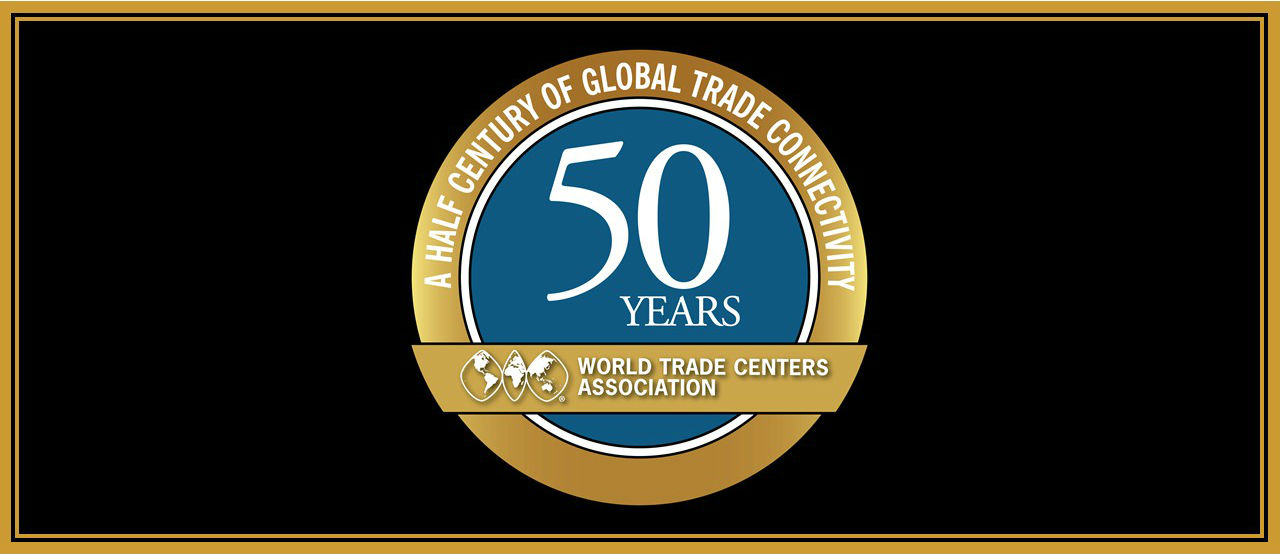Trends in Corporate Culture: Anxiety and Its Power to Shape Behavior within Your Business

In uncertain and volatile times, what makes your business stand out from the crowd? When ambiguity is ubiquitous, how do you stay true to the principles and vision of why you are in business? Often, leaders answer these questions by highlighting their products, customers, price or brand. Some talk about the importance of the quality and responsiveness of their service proposition. Others talk about their culture being the biggest single differentiator and driver of success.
At Blacklight, a specialist organization development and change consultancy, we pride ourselves as a business that specializes in helping leaders understand and tackle these types of organizational questions. At a recent roundtable event which we hosted with global business leaders, we discussed the power and role of culture in organizations, especially in these current disruptive times. Below are some of the resulting trends we identified which we expect to carry over well into 2020 and beyond.
Defining and Focusing on Culture
From the leaders at the table, culture was at times characterized as a survey, something to be measured and a target to be dissected — a means to tackle a range of ills from regulation, compliance, engagement, and dealing with other unhelpful and limiting behaviors. Culture was acknowledged to be everywhere but cannot be seen or touched and is very hard to define. Just like the joke where one fish asks another fish "how's the water?" The other fish replies, "what is water?" The point is that culture in organizations is present and influential, even if you cannot precisely put your finger on it. Indeed, one pragmatic definition of culture proposed by one leader was “culture is whatever keeps the CEO up at night.”
This was a very interesting observation and revealed an important insight into the workings of organizations. When you peel back the layers and really look at what is going on underneath the surface, you find a great deal of anxiety.
Anxiety as a Driver of Culture
Symptoms of anxiety in organizations include being overwhelmed, exhausted, fearful, and helpless. This is the context in which leaders are having to go about managing their teams. Anxiety is complex. Too little and complacency and malaise takes root. Too much and fear cripples and becomes self-defeating. Scandals such as those involving Volkswagen show how anxiety at its worst can drive the setting of unrealistic and threatening targets from the top, ignoring employee appeals that targets are unattainable, and then turning a blind eye to the resulting malfeasance — in Volkswagen’s case, installing illegal software into cars. This was a catastrophic failure of culture and leadership. Ultimately, it was anxiety in the face of competition and failing performance that drove a business with a proud history to make such an unprincipled decision.
Mitigating Anxiety
So, how can anxiety in organizations be identified, understood and managed? Our starting point is our belief that leadership is the management of culture. We work with senior teams to help them establish healthy relationships and dialogue across leadership teams. Transactional, hierarchical, and target- and rule-setting leadership will not succeed in the context of a complex and fast-changing world. Innovation, creativity, and empathy are stifled and crushed in such conditions. For those leaders at our table, they identified that now more than ever, effective relationships need to be built on openness and trust. Great leadership is not about being the lone hero. It is about building the dynamics of effective teams and reducing toxic anxiety in the workplace.

